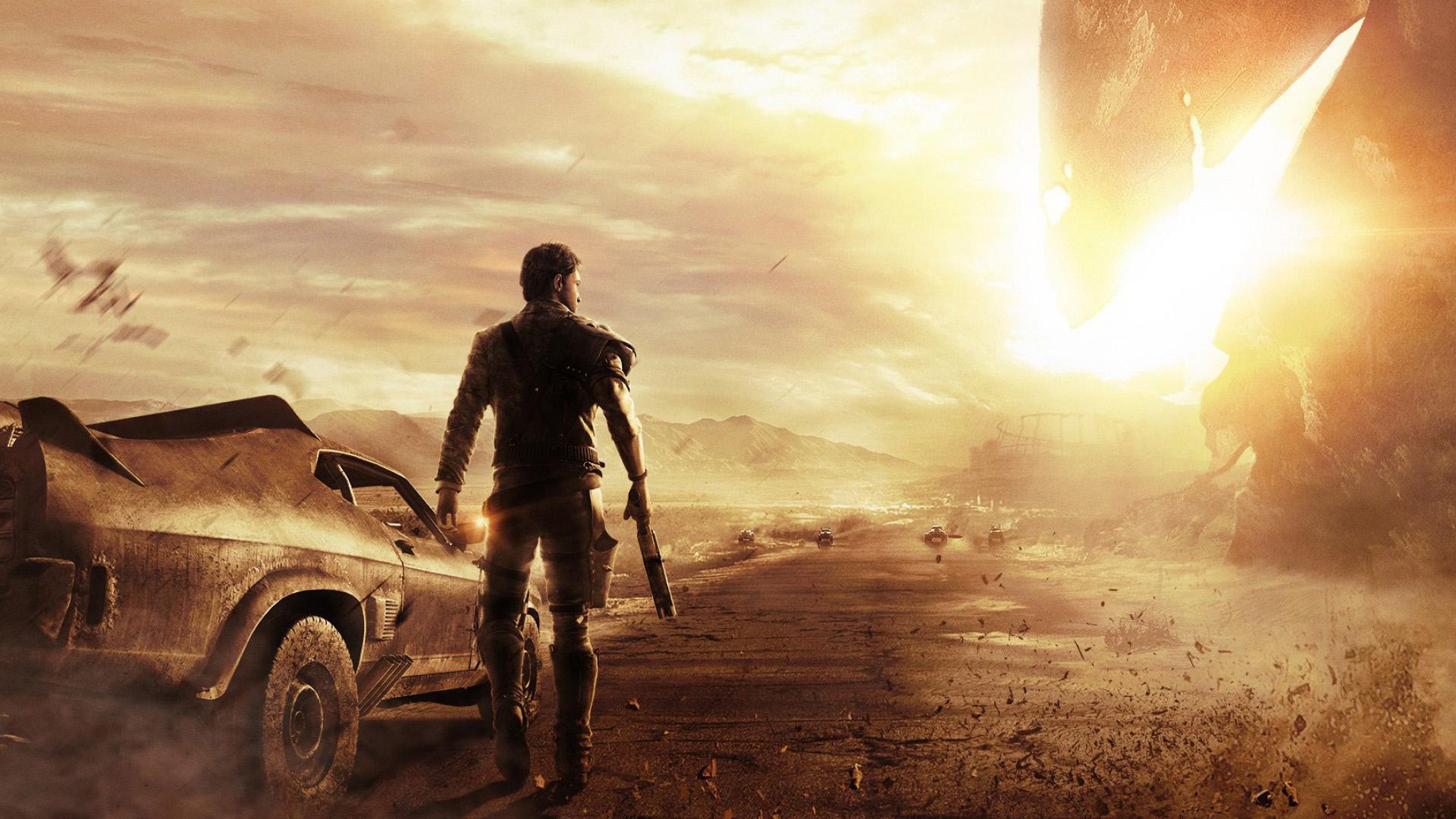Video Games
New Character Outfit Packs Coming Soon to ‘Texas Chain Saw Massacre’ Video Game

While you wait for the Greg Nicotero-designed Leatherface skin, Gun Interactive has revealed another new piece of update content on its way to The Texas Chain Saw Massacre.
New character outfit packs are coming soon, and Connie and Sonny packs have been revealed at the time of writing this article. Check the official Twitter account for more reveals!
In The Texas Chain Saw Massacre, you take on the role of one of the notorious Slaughter family, or their victims, in a third-person asymmetrical horror experience based on Tobe Hooper’s groundbreaking and iconic 1974 film. As a victim you must use your wits and stealth to stay out of the Family’s reach and find the tools you need to lead to your eventual freedom.
Meanwhile, Family players must seek out, track down, and stop their guests from escaping.
The game features classic villains from the movies as well as new family members, and the events of the Chain Saw game take place *before* Tobe Hooper’s original classic.
Here’s the plot synopsis: “A group of five young adults led by Ana Flores set out to search for her missing sister. What they found was terror beyond their wildest nightmares.”
Brandon Trush writes in his review for BD, “asymmetrical horror evolves to fit a terror classic.”


Editorials
Looking Back on 2015’s Underrated ‘Mad Max’ Video Game

Between the hyper-violent car combat of Twisted Metal and Fallout’s familiar-looking Mysterious Stranger, it’s pretty clear that George Miller’s Mad Max franchise has been incredibly influential in the world of gaming. That’s why you might find it surprising that video games directly based on the adventures of Max Rockatansky have been notoriously difficult to get off the ground.
From Mindscape’s Outlander – which was supposed to have been an official Mad Max adaptation until the studio lost the license when the title was nearly complete – to the ill-fated Melbourne House project which would have been the first Australian-made game based on the franchise, telling an interactive Road Warrior yarn has never been easy.
In fact, only two officially licensed Mad Max games have ever seen the light of day. While the first one was simply a re-skin of 1988’s Road Raider, the second might just be one of the most underrated licensed games of all time. And with the upcoming Furiosa: A Mad Max Saga featuring story elements that were previously introduced in this fascinating game, I’d like to take this opportunity to look back on Avalanche Studios’ 2015 Mad Max.
The story behind this fascinating title actually begins many years earlier, with George Miller refusing licensing deals left and right after becoming disappointed with Gray Matter’s lazy take on his brainchild back in 1990. It was only after God of War director Cory Barlog – then working as a consultant for Avalanche studios – approached the filmmaker during the late 2000s that he demonstrated interest in allowing a new Mad Max game.
At the time, Miller was frustrated by a series of unfortunate setbacks (including everything from September 11 to the Iraq war) that had led to his initial version of Fury Road becoming trapped in production hell. That’s why it makes sense that he would relish the opportunity to collaborate on a canonical gaming experience that could lay the groundwork for what he perceived to be a new era of Mad Max stories.

Collecting spooky hood ornaments is the name of the game here.
This proposed game was going to be an open world action title that followed Max as he attempted to rebuild a damaged Interceptor while taking down warlords and helping survivors on a journey that would eventually lead to Fury Road. Warner Bros actually collaborated closely with both Miller and Barlog during this time, with the development team gaining access to exclusive concept art and story ideas meant to flesh out a franchise revival.
Alas, this version of the project was not to be, with Barlog exiting Avalanche and Warner Bros souring its relationship with Miller after a series of contract disputes. While the Mad Max game was still technically in development, what remained of the creative team would have to make do with mere scraps of lore and artwork in order to craft their next-gen post-apocalyptic experience.
It’s here that 2015’s Mad Max really began to take shape, with developers finding themselves in a pickle as they struggled to deliver something that resembled Fury Road without having insider access to the film’s production. Their solution was to focus more on the overall atmosphere of the Mad Max films and allow players to lose themselves in advanced moments of emergent gameplay rather than scripted set-pieces.
In the end, Mad Max was a tie-in game in name only, telling a mostly self-contained adventure that followed in the footsteps of its inspirations by not making it quite clear when it took place in the franchise timeline (though I’m pretty sure that it can still be assumed that this is a prequel to Fury Road telling an alternate version of the tie-in comic which was released ahead of the film).
In the finished game, which came out in September of 2015, we follow Max as his journey to the fabled Plains of Silence is interrupted by a war-party led by Scabrous Scrotus, one of Immortan Joe’s sons. After a thrilling battle, Max loses his iconic Interceptor and is left to fend for himself in the brutal wasteland. Luckily for our hero, he soon encounters a deranged hunchback named Chumbucket who decides to help him build a new vehicle so he can continue his quest.
In gameplay terms, this means that players scour the harsh desert for parts and scrap in order to improve the “Magnum Opus,” all the while dealing with hostile factions (usually by beating war boys into a bloody pulp) and occasionally helping out survivors in need. While the open-world formula was already getting stale back in 2015, Mad Max stood out by making traversal incredibly thrilling while also presenting a fascinating new rendition of a familiar apocalypse.

Good thing Immortan Joe didn’t hear about this.
And while the story no longer benefited from direct input by Max’s creator, it still managed to tell a surprisingly mature yarn that ends on such a bleak note that it can only be compared to the 1979 film. Luckily for fans, the narrative also managed to reverse engineer some of Miller’s original ideas, which is why the title is still technically canon and even introduces us to conflicts and characters that we’d only end up seeing in the upcoming Furiosa film (such as the aftermath of Dr. Dementus’ war for the citadel, with Chris Hemsworth playing the vile biker in the new film).
Unfortunately, the rushed development cycle and plethora of behind-the-scenes issues resulted in quite a few flaws marring an otherwise fantastic game. From random physics glitches to underused gameplay concepts (we needed more customization options!), I can understand why the title wasn’t exactly a blockbuster hit back when it first came out.
Thankfully, it appears that gamers have since learned to appreciate Mad Max’s ambitions even if the finished title outreached its grasp. From Thunderdome knock-offs to chases echoing the climax of the second film, this is a must-play for fans of Miller’s particular brand of vehicular carnage – especially since most of the fun bits happen organically as you explore the wasteland.
At the end of the day, 2015’s Mad Max wasn’t the dream game that both fans and Miller himself had been hoping for, but I still think that Avalanche did the best they could under the circumstances and managed to deliver one of the best licensed titles in history. The years may not have been kind to some of the presentation and formulaic mission structure, but I’d still argue that nothing quite plays like this high-octane trip down Fury Road.
And while I wouldn’t hold my breath for a sequel, I’d love to see a spiritual successor – licensed or not – that could take the car combat and customization mechanics to the next level.













You must be logged in to post a comment.